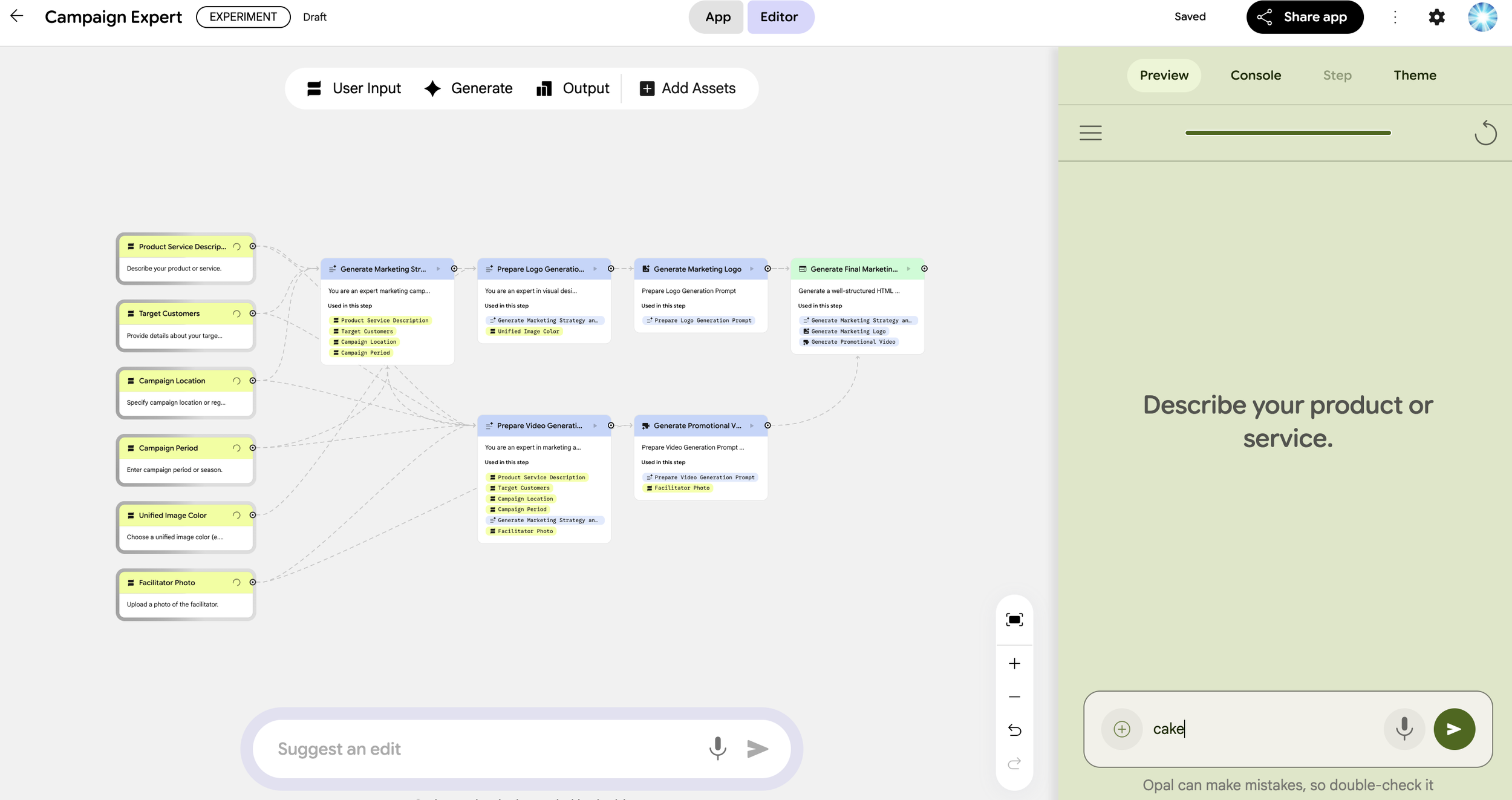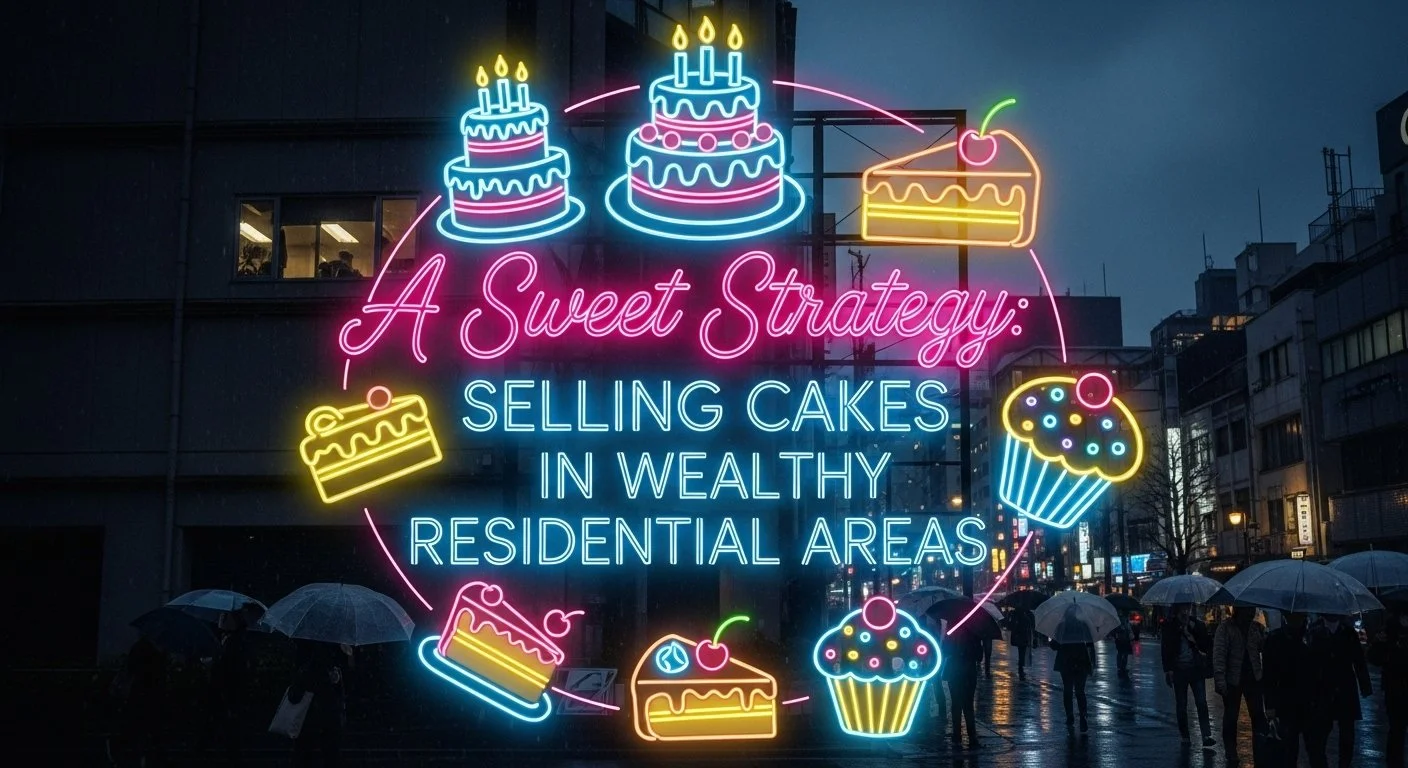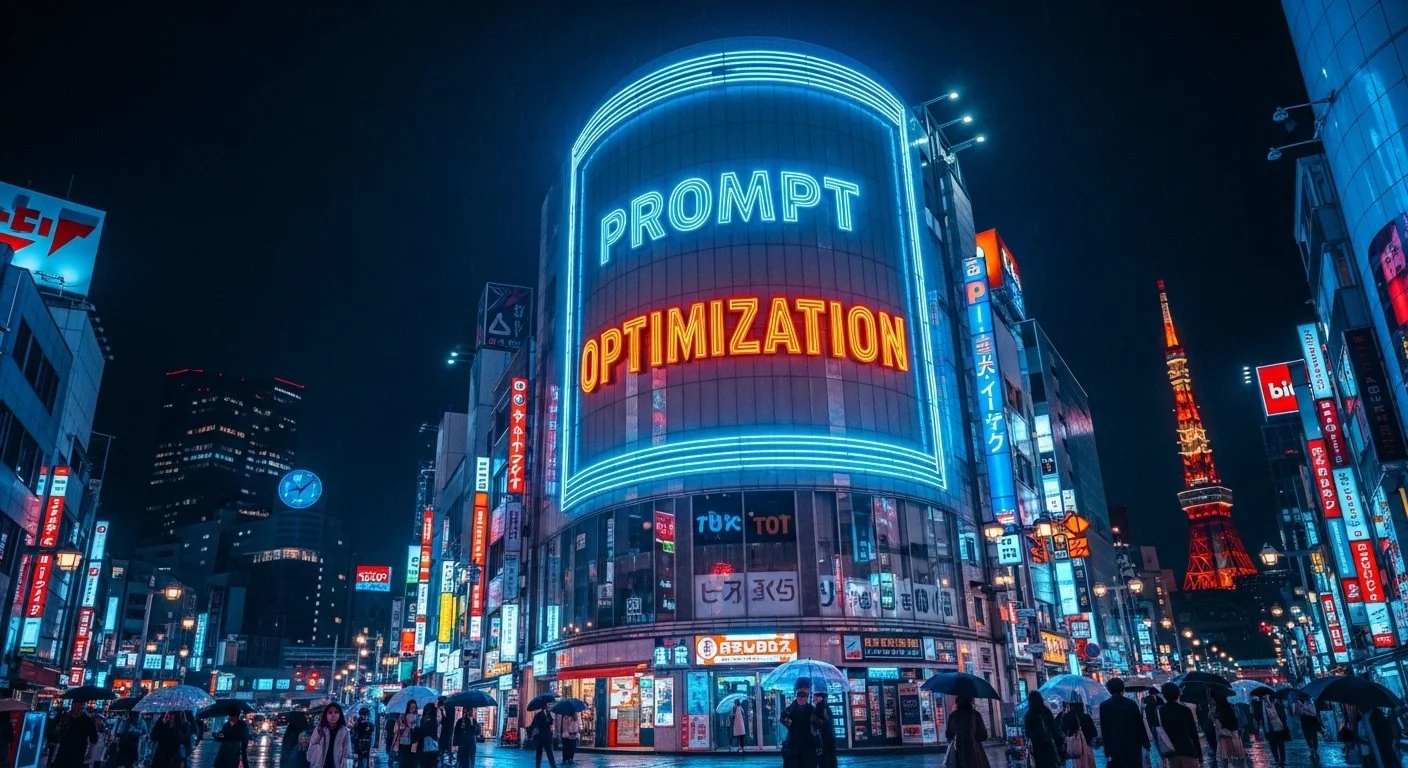Hello, the high temperature in Tokyo has dropped to 16°C, and it's starting to feel very much like autumn. For those unfamiliar with autumn in Japan, this is the season when the leaves on the mountains change from green to orange. The entire mountainside is dyed orange, creating a beautiful and spectacular view. Therefore, I decided to use orange as the background color for this marketing campaign's promotional video. The challenge is: "To devise a campaign to sell cakes to women in Ashiya, an affluent residential area in the Kansai region." What happens when we entrust this task to an AI agent? Let's find out.
1. Creating an AI Marketing Agent with "Google Opal"
This time, I'm creating an AI marketing agent using Google Opal (1). As the description says, "Opal, our no-code AI mini-app builder," you can easily develop an AI agent app like the one below.
For this AI agent's development, I only entered the following prompt: "You are an expert in marketing campaigns. You will be given the following information: 1. The product/service to sell, 2. The target customer, 3. The location/region, 4. The time/season of the campaign, 5. The desired brand image color, 6. A photo of the facilitator. Using this information, please create the following: a. A marketing strategy, b. A marketing campaign name, c. A logo based on the name, d. A promotional video featuring the facilitator, complete with BGM."
Just by executing this, you can create a workflow like the one shown above using the AI agent. After that, you just switch to the app and answer questions related to your task, and the marketing campaign is created. Amazing, isn't it!
2. Marketing Strategy and Logo
Once you input all the necessary information, you get the results back immediately. First is the marketing strategy. In reality, a more detailed discussion followed. This time, I'll just introduce the beginning. Even though I didn't input very detailed information about the campaign at the initial stage, I think this marketing strategy is well-done.
Marketing Strategy
Next is the marketing campaign name and logo. What it generated was a cool, French-style logo. I'd love to try using it sometime.
Logo
3. Three Short Promotional Videos
First, I provide the AI agent with a base image of a woman. Then, using this image as a starting point and based on the created marketing strategy, an approximately 8-second short video is generated. It's exciting to see what kind of video the AI agent will produce. This time, it created three videos with BGM. All of them are based on the theme of "Autumn Cakes." It's hard to pick a winner; they are all excellent. After actually creating the videos, I felt that even 8 seconds is enough to convey the image clearly. Which one did you like the best?
What did you think? Although this was just a demo AI agent, I was astonished at what it could accomplish with no code, no programming. It seems like it will become a powerful ally for marketers. Of course, there are limitations, but what I created this time can be done for free with just a Google account. I highly recommend giving it a try. ToshiStats will continue to share more about AI agents. Stay tuned!
You can enjoy our video news ToshiStats-AI from this link, too!
1) Opal is now available in more than 160 countries, Google, 7 Nov 2025
Copyright © 2025 Toshifumi Kuga. All right reserved
Notice: ToshiStats Co., Ltd. and I do not accept any responsibility or liability for loss or damage occasioned to any person or property through using materials, instructions, methods, algorithms or ideas contained herein, or acting or refraining from acting as a result of such use. ToshiStats Co., Ltd. and I expressly disclaim all implied warranties, including merchantability or fitness for any particular purpose. There will be no duty on ToshiStats Co., Ltd. and me to correct any errors or defects in the codes and the software.


















































